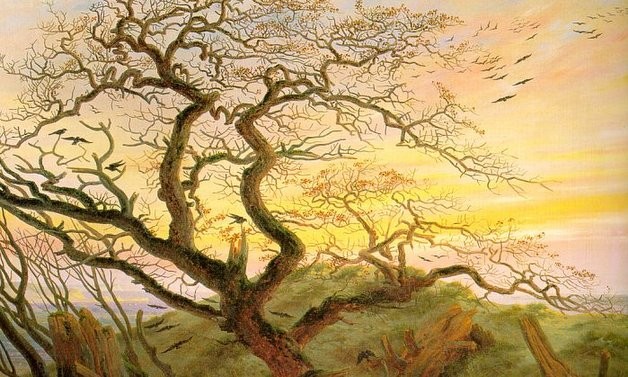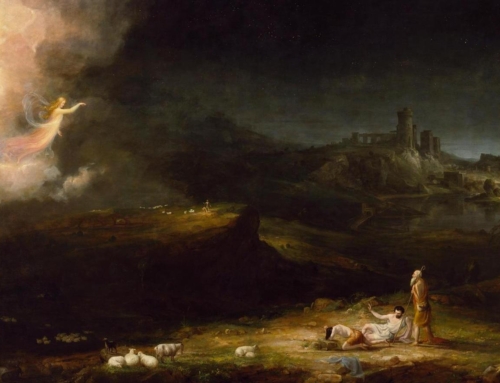If a tree falls in the forest and no one is there to hear it, does it make a sound?
Answering this apparently simple question turns quickly into a philosophical inquiry into sensation and perception. To begin one has to distinguish between the thing being sensed and the being that senses. As rational beings, our intellects can abstract from what is sensed and perceived and we gain knowledge about the object.
If you take away either the object or the sensing being, then sensation will not occur. For how can I physically see a tree if there is no tree? Or how can a tree be seen at a given moment if there is no one to see it? There is a third way in which sensation would not take place or at least to a lesser degree. If the tree and the person are both physically present, but if the person has a defect in one of his or her senses. For instance, I could touch the tree but not see it. The more our senses are limited, the less we will be able to come to know and understand the world around us.
When we think of why God took on human flesh, philosophizing about sensation and perception is probably not the first thing that comes to mind. Christ does, however, use very similar language. In Mark 4:9 he states, “he who has ears to hear, let him hear”, in Mark 8:17 he asks the disciples, “Do you not yet perceive or understand” and in the following verse, “having eyes do you not see.” However, Christ is speaking spiritually. He is not simply interested in our ability to perceive the things around us. Instead, He also desires men to know Him. We do so by hearing and seeing with faith.
There is a clear parallel between the two. Our intellect uses what we perceive through the senses to know the world around us. So too by hearing and seeing with faith we come to know Jesus’ true identity as “the Christ, the Son of the Living God” (Mt 16:16). Perhaps this is why the Gospel writers were inspired to include so many stories of Christ healing the blind and the deaf. If Christ is able to heal defects in our physical senses, surely he is able to heal our spiritual senses.
Just as we can only know what objects are in a room when there is a source of light, we can only know Christ if we are in the light for “God is light and in him is no darkness” (1 Jn 1:5). The Evangelist then offers a pretty firm guideline to determine if we are in the light. He writes, “He who loves his brother abides in the light and there is no cause for stumbling. But he who hates his brother is in the darkness” (1 Jn 2:10-11). We see the source of this claim in today’s Gospel reading when Christ says that the greatest commandment is to love God and the second is to love your neighbor as yourself (cf. Mk 12:28-34). St. John however points out that we are not perfect at fulfilling this for “if we say we have no sin, we deceive ourselves” (1 Jn 1:8).
In one of his homilies on the First Epistle of John, St. Augustine mentions that this initially may sound discouraging. A person might say to himself, “What shall I do? How shall I be light? I live in sin and wickedness?” Lest we fall into despair thinking we are forever creatures of the dark due to our sinfulness, he advises that we listen to what else St. John has to say. “The blood of Jesus his Son cleanses us from sin…If we confess our sins, he is faithful and just, and will forgive our sins” (1 Jn 1:7,9). Just as Christ heals the blind and enables them to see the world, so too Christ is able to heal our spiritual blindness and bring us back into the light.
With all these parallels between physical and spiritual sensation, we might ask what the spiritual analogue is to the initial question about a tree falling in the forest. Perhaps in forming the question we should not concern ourselves with what happens if we are not there but about what happens if we are there. If the Word of God speaks from the tree of the cross, will you hear?
✠
Image: Caspar David Friedrich, The Tree of the Crows







